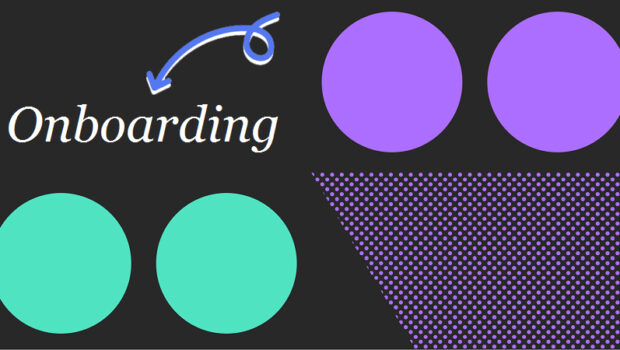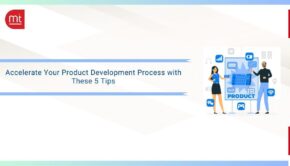Everything You Need to Know About User Onboarding
In the world of software engineering and design, user onboarding is a common term. Sometimes the term is misused, so it’s best to start by clarifying what user onboarding is.
User onboarding is the procedure involved in introducing a new user to your product and service. It also involves convincing users not only to test it out, but to adopt it fully. User onboarding is a cycle, introducing new users and striving to get them more than just acquainted with your product.
For user onboarding to be successful, it has to convince users to activate your product and retain them after their initial interaction.
Now that we know what it is, why don’t we tell you some of the things you need to know about user onboarding? For newbies, it is possible to get user onboarding templates.
The Importance of User Onboarding
Why are so many companies, software or otherwise, interested in user onboarding? The answer lies in the need to gain new users for products.
When a company has a new software product, they put a lot of effort into getting new users to open accounts. The essence of these new accounts is to enable users to access a time-limited trial for the product.
Avoiding the uncertainty that follows the trial is where user onboarding comes in handy. If users have a confusing or uninteresting first experience with a product, they will not use it again. On the other hand, a product with an excellent user onboarding service or experience will effectively teach new users how and why the product is a good choice. Such people taking advantage of the trial will sign up after the trial ends, and so there’s a higher possibility that they will become long-term users. To put it simply, user onboarding is essential because it helps companies lose a lower number of new users, which leads to more sales and higher profits.
In addition, effective user onboarding will lead to word-of-mouth marketing and positive reviews so that even more people will try out your product.
Best Practices for User Onboarding
Understand Your Target Users
One of the beautiful qualities of humans is their uniqueness and diversity. No one is the same. However, the goal of whatever product you have is to be used by various individuals.
When you are designing your user onboarding feature, it is important to see it from the user’s mindset. It is essential to research your target users and apply this information when building the user onboarding process.
The critical question should be, how do I explain the purpose of this product to the user? Answering this question will help you in designing a great user onboarding experience.
Related to knowing your potential user is the importance of messaging in the correct language. If your product is targeted at Spanish-speaking users, it doesn’t make sense to have the messaging in English. In addition, you should use simple sentences, as well as employ animations, sounds, and images. All these keep the attention longer and make understanding easier.
Don’t Oversell While Onboarding Users
One thing to avoid in the quest of making a great first impression is to oversell your product. There has to be a dose of realism – sell to the users what your product can do, nothing more. When you try to sell what you can’t deliver, you are risking losing current users and other potential users.
The best user onboarding procedure will teach your users how to use the principal features of your product. If they are satisfied, they will stay.
Keep It Simple
When using a new product, things might get complicated quite quickly. Before a user can get the hang of a new product, the user has to invest effort. However, when the effort required is too much, it might put the user off.
Your user onboarding experience needs to be simple. At the most, keep the screens or popups to six. Also, any information required from the new user should be asked at the start. Then, impress the user by using that information to provide a personalized experience for them.
Never Stop Testing
Even the best user onboarding experiences never get it right on the first try. Successful onboarding processes are usually the product of a metamorphosis caused by applying various options available to the designer. The best way to get the ideal user onboarding experience is to create several and test all of them.
The results from testing will guide you in tweaking your user onboarding experience. Interact with your users regularly and use their responses to guide your user onboarding.
What Makes Great User Onboarding?
Personalization
Your user onboarding experience must be tailor-made for your product. Since your user onboarding is meant to sell your product, it shouldn’t be a replica of others. When designing your user onboarding process, the product’s uniqueness should be your guide.
Efficiency
Successful user onboarding will quickly impress the user. For both the user and the product provider, time is essential. If a user spends too much time before understanding the usefulness of your product, they will lose interest.
It is therefore important to create short and practical onboarding experiences for your products.
Creating Value and Providing Information
A great user onboarding experience is about ensuring the user gains value from your product. It is not about marketing the product. When user onboarding does its job well, the product and the user realize value.
Conclusion
The job of user onboarding isn’t to bring users to the product. Its job is to keep those new users. Quick user understanding of what your product does will inspire them to come back for more, and that’s why getting user onboarding right is critical.
Understanding the principles of user onboarding helps designers build a great experience. An interactive user onboarding process gets straight to the point.
















